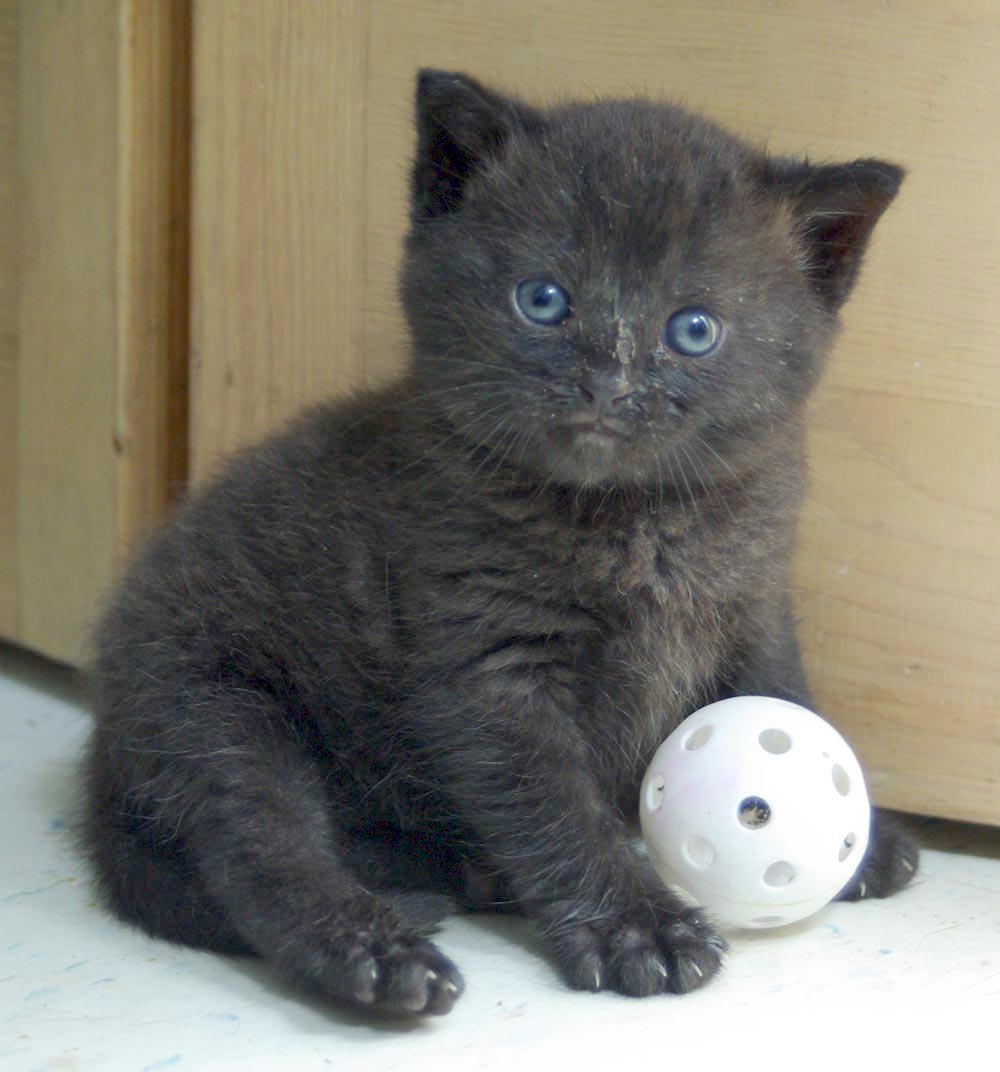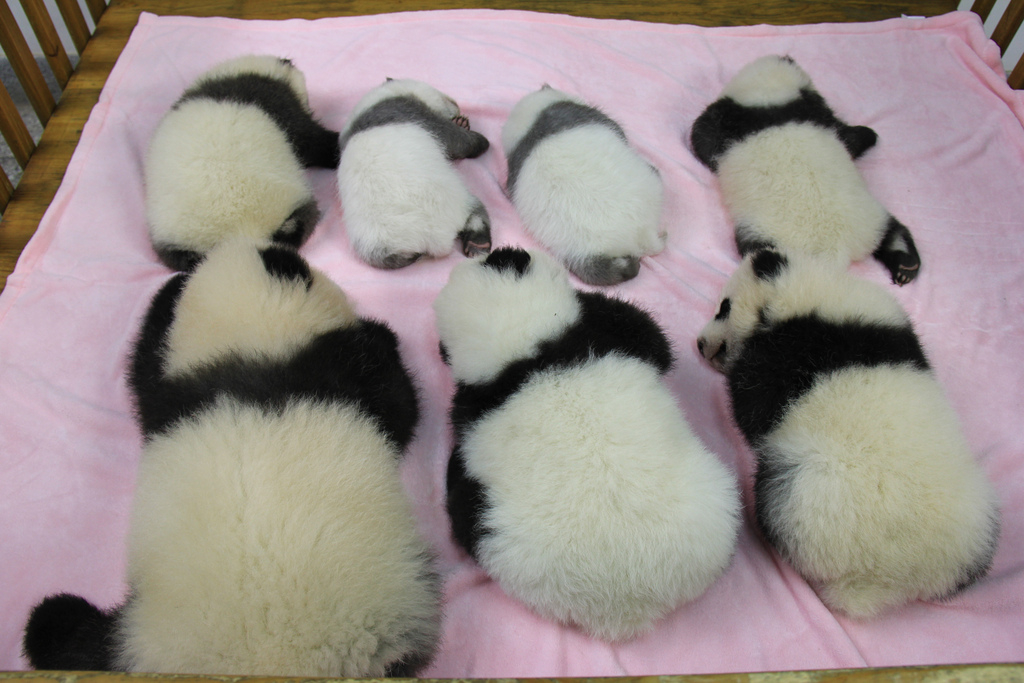Source(google.com.pk)
Phil the groundhog is a star! Well, at least on February 2 he is. Phil lives in Punxsutawney, Pennsylvania, where every Groundhog Day people wait for him to come out of his burrow. Legend has it that if Phil sees his shadow, six more weeks of winter will follow.
Phil might be a celebrity once a year, but the rest of the time he probably prefers his me-time. After all, the word monax in the groundhog’s scientific name means “solitary.”
The groundhog—also known as a woodchuck—spends much of its days alone, foraging for plants and grasses and digging burrows up to 66 feet (20 meters) long. The burrows are often under open areas such as meadows and farmlands, which can make the critter a real nuisance to farmers. Groundhogs destroy crops and create holes in the soil, which can damage tractors and injure livestock. (People aren't the only ones who trip—cows can stumble too!)
But burrows are super-important to groundhogs. They're where the rodents sleep, raise their babies, and even poop. (They actually have separate bathrooms!) Burrows also provide protection from predators such as coyotes, hawks, and black bears. And it's not just the groundhog that uses its burrow—animals such as rabbits, chipmunks, and snakes move in once a groundhog has moved out.
Farmers get a break from pesky groundhogs come winter when the rodents enter their burrows to hibernate. In the spring, females give birth in their dens to about three to five pups. But they don't hang out for long. By around two months old, they’re off on their own—whether they see their shadows or not.
If Su Lin the giant panda had thrown herself a one-year-old birthday party, she’d have had a lot of panda friends to play with. That’s because she is one of 19 captive pandas to turn a year old in 2006.
Su Lin lives in the San Diego Zoo in California. At birth she was about the size and weight of a stick of butter. She now weighs 75 pounds (34 kilograms). Su Lin is the third giant panda cub ever born at the California zoo. All the cubs born in the 2005 panda baby boom give hope for the future of this critically endangered species.
Pandas at Risk
Scientists estimate that fewer than 2,000 giant pandas live in the mountains of central China. About another 200 giant pandas live in zoos and breeding stations, mostly in China. Giant pandas are among the most rare of the world’s living mammals.
Raising Babies
“Every newborn panda is important,” says Don Lindburg, leader of the giant panda research team at the San Diego Zoo. “After they have grown to adulthood, some of the captive-born bears could be released into the mountainous wilds,” he says. Those that mate and give birth to more cubs will help rebuild China’s perilously small population of wild pandas.
“Breeding giant pandas is no easy feat,” says Lindburg. Female giant pandas can produce cubs only once every two years. In the wild, an adult female may successfully raise five to eight cubs in her lifetime. By studying pandas in captivity, Lindburg and other scientists are discovering ways to improve the odds for the precious young pandas’ survival.
Giant pandas once wandered freely across China to its eastern coast and from the country's mountaintops to the food-rich valleys below. But as more people made their homes in the valleys and began to farm the land, the naturally shy pandas lost a lot of their habitat and most of their food—the fresh stems, shoots, and leaves of wild bamboo plants.
Hope for the Future
Today conservation groups, scientists, zoo workers, and the Chinese government work to safeguard what remains of the pandas’ habitat. Many think that creating bamboo corridors—strips of undisturbed land through which pandas can comfortably wander and feed—are one hope for saving the giant panda from extinction. These corridors would connect all of today’s smaller panda reserves to create one larger habitat for all wild pandas. Dedicated people work toward the day when more of Su Lin’s wild relatives can roam throughout China’s forest reserves.
Baby Animals Youtube Baby Animals Pictures Wallpaper With Their Mothers Names Clipart Coloring Pages Cute Cartoon Photos

Baby Animals Youtube Baby Animals Pictures Wallpaper With Their Mothers Names Clipart Coloring Pages Cute Cartoon Photos

Baby Animals Youtube Baby Animals Pictures Wallpaper With Their Mothers Names Clipart Coloring Pages Cute Cartoon Photos

Baby Animals Youtube Baby Animals Pictures Wallpaper With Their Mothers Names Clipart Coloring Pages Cute Cartoon Photos

Baby Animals Youtube Baby Animals Pictures Wallpaper With Their Mothers Names Clipart Coloring Pages Cute Cartoon Photos

Baby Animals Youtube Baby Animals Pictures Wallpaper With Their Mothers Names Clipart Coloring Pages Cute Cartoon Photos

Baby Animals Youtube Baby Animals Pictures Wallpaper With Their Mothers Names Clipart Coloring Pages Cute Cartoon Photos

Baby Animals Youtube Baby Animals Pictures Wallpaper With Their Mothers Names Clipart Coloring Pages Cute Cartoon Photos

Baby Animals Youtube Baby Animals Pictures Wallpaper With Their Mothers Names Clipart Coloring Pages Cute Cartoon Photos

Baby Animals Youtube Baby Animals Pictures Wallpaper With Their Mothers Names Clipart Coloring Pages Cute Cartoon Photos

Baby Animals Youtube Baby Animals Pictures Wallpaper With Their Mothers Names Clipart Coloring Pages Cute Cartoon Photos

Baby Animals Youtube Baby Animals Pictures Wallpaper With Their Mothers Names Clipart Coloring Pages Cute Cartoon Photos
Baby Animals Youtube Baby Animals Pictures Wallpaper With Their Mothers Names Clipart Coloring Pages Cute Cartoon Photos

Baby Animals Youtube Baby Animals Pictures Wallpaper With Their Mothers Names Clipart Coloring Pages Cute Cartoon Photos

Baby Animals Youtube Baby Animals Pictures Wallpaper With Their Mothers Names Clipart Coloring Pages Cute Cartoon Photos
No comments:
Post a Comment